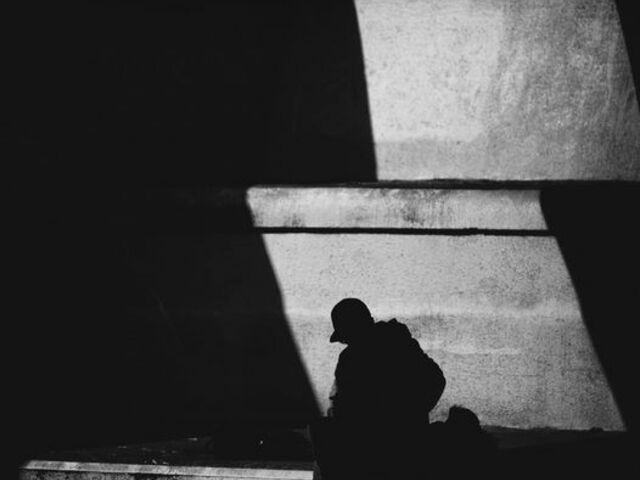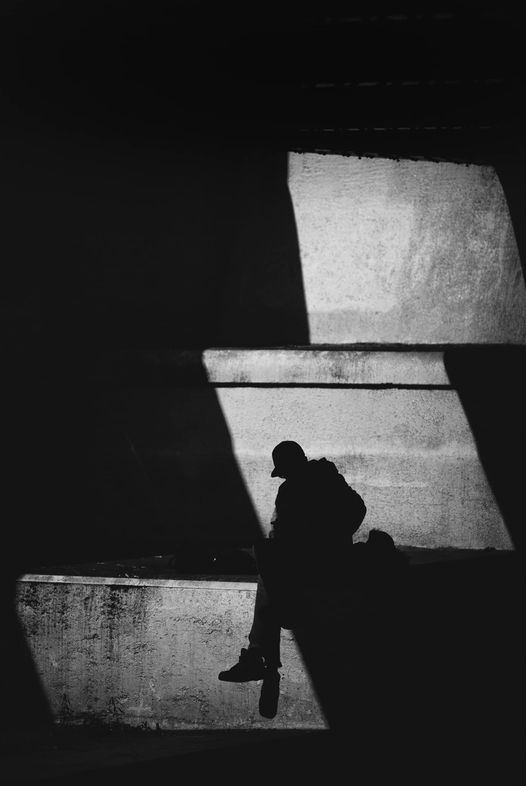Urban art - minden arc, minden szereplő egy-egy történet
Fotó: Ovidiu Selaru: Light is poetry
The evolution of street photography has played a crucial role in capturing the essence of urban life, transforming the way we perceive everyday moments and the environment around us. This art form, which emerged in the early 20th century, has its roots in the broader movement of photography that sought to document reality in a way that was candid and unposed. With the advent of small, portable cameras, artists and enthusiasts alike began to explore the streets, seeking out compelling subjects and scenes that reflect the human experience.
In the 1920s and 1930s, street photography began to gain traction as photographers like Henri Cartier-Bresson and André Kertész brought a new level of artistry to the genre. Cartier-Bresson, often regarded as the father of modern photojournalism, coined the term “the decisive moment,” referring to the unique ability of photographers to capture fleeting instances that tell a larger story. His work emphasized the spontaneity of life, often highlighting the interplay between light and shadow, a technique that would become synonymous with effective street photography.
The rise of photojournalism during this period further contributed to the popularity of street photography. As magazines like Life and Look emerged, they began to feature photo essays that presented powerful narratives about social issues, culture, and daily life. Photographers took to the streets to document the experiences of ordinary people, from the bustling urban centers to quiet suburban neighborhoods. This shift not only enriched the visual landscape but also provided a voice for those often overlooked in society.
The 1960s marked a significant turning point in street photography with the advent of new technologies and the changing cultural landscape. The introduction of the Leica camera, known for its compact size and exceptional quality, allowed photographers to work discreetly and capture candid moments without drawing attention. Figures like Garry Winogrand and Lee Friedlander emerged during this era, their photographs reflecting the dynamic nature of American life. Winogrand’s work, in particular, is celebrated for its ability to encapsulate the chaos and spontaneity of urban existence, often showcasing the juxtaposition of people and their surroundings.
As street photography evolved into the 1980s and 1990s, it began to incorporate a more diverse range of styles and perspectives. Artists like Richard Avedon and Cindy Sherman challenged traditional notions of portraiture and identity, exploring the relationship between the individual and society. Their work prompted a broader discussion about representation in photography, influencing how street photographers approached their subjects and the narratives they aimed to convey.
In recent years, the rise of digital photography and social media platforms has transformed the landscape of street photography. Photographers can now share their work instantly with a global audience, fostering a sense of community among enthusiasts and professionals alike. Hashtags, such as #bnw_shotz and #streetcapture, have become essential tools for artists to connect and showcase their work in a saturated market. This digital revolution has allowed for a more democratized approach to photography, where emerging talents can gain recognition and contribute to the ongoing dialogue surrounding street photography.
The contemporary street photography scene continues to evolve, with artists exploring new themes and techniques. Many photographers are now focusing on issues of identity, social justice, and cultural commentary, using their work to provoke thought and encourage change. The genre has become a powerful means of storytelling, providing insight into the complexities of modern life.
In summary, street photography has a rich history characterized by its ability to capture the fleeting moments of life. From its roots in early 20th-century photojournalism to the contemporary explosion of digital sharing, the genre continues to evolve, reflecting the dynamic relationship between individuals and their environments. As photographers push the boundaries of the medium, they invite viewers to engage with the world around them in new and meaningful ways, ensuring that the art of street photography remains vital and relevant in today’s society.







